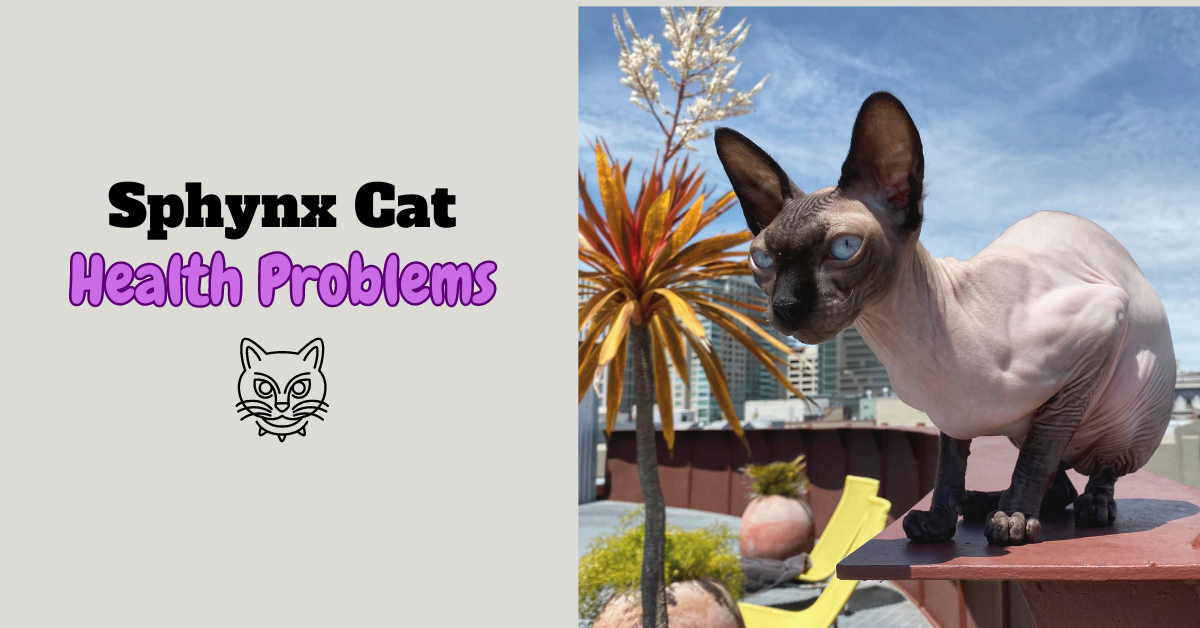This post contains affiliate links and I will be compensated if you make a purchase after clicking on my links.
Understanding Sphynx Cat Health Problems
The Sphynx cat, known for its distinct, hairless appearance, captures the heart of cat lovers with its endearing eyes and warm, peach-like skin. However, their unique look comes with specific health considerations that every Sphynx owner should be aware of.
This breed’s lack of fur not only sets them apart in terms of appearance but also impacts their skin health significantly. As we dive into the complexities of Sphynx cat health problems, we’ll start with one of the most prominent issues they face: skin care.
Pro Tip: While numerous studies suggest that Sphynx cats have one of the shortest lifespans, typically up to 7 years, with proper care, we believe their lifespan can be significantly extended. Indeed, we’ve observed many Sphynx cats living much longer, typically ranging from 8 to 14 years.
Skin Health
Regular baths to manage oiliness and prevent skin infections.
Temperature Regulation
Provide warmth or cooling to help maintain body temperature.
Ear and Eye Care
Clean ears and eyes regularly to prevent infections.
Cardiac Health
Monitor for heart conditions like HCM through vet check-ups.
Dental Health
Regular dental care to prevent periodontal disease.
1. Managing Skin Health in Sphynx Cats
Sphynx cats require a specialized skin care routine to maintain their health and comfort. Without a coat of fur, their skin is exposed to environmental elements, making it susceptible to various issues such as excessive oiliness, sensitivity, and even fungal infections. Regular bathing is crucial for Sphynx cats, but it must be done correctly to avoid drying out their sensitive skin or exacerbating skin conditions.
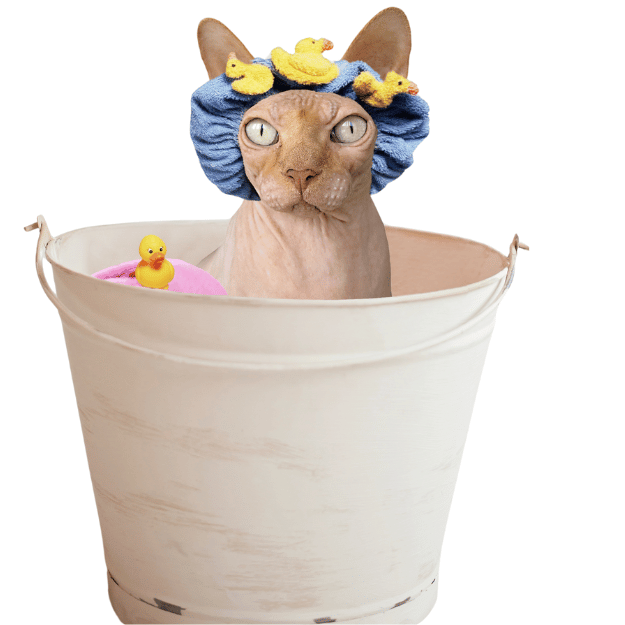
The Right Bathing Technique
When bathing your Sphynx, it’s essential to use warm water and a gentle, cat-specific shampoo. These shampoos are designed to balance the skin’s pH and remove excess oil without stripping necessary moisture. Bathing frequency can vary based on your cat’s specific needs but generally ranges from weekly to monthly.
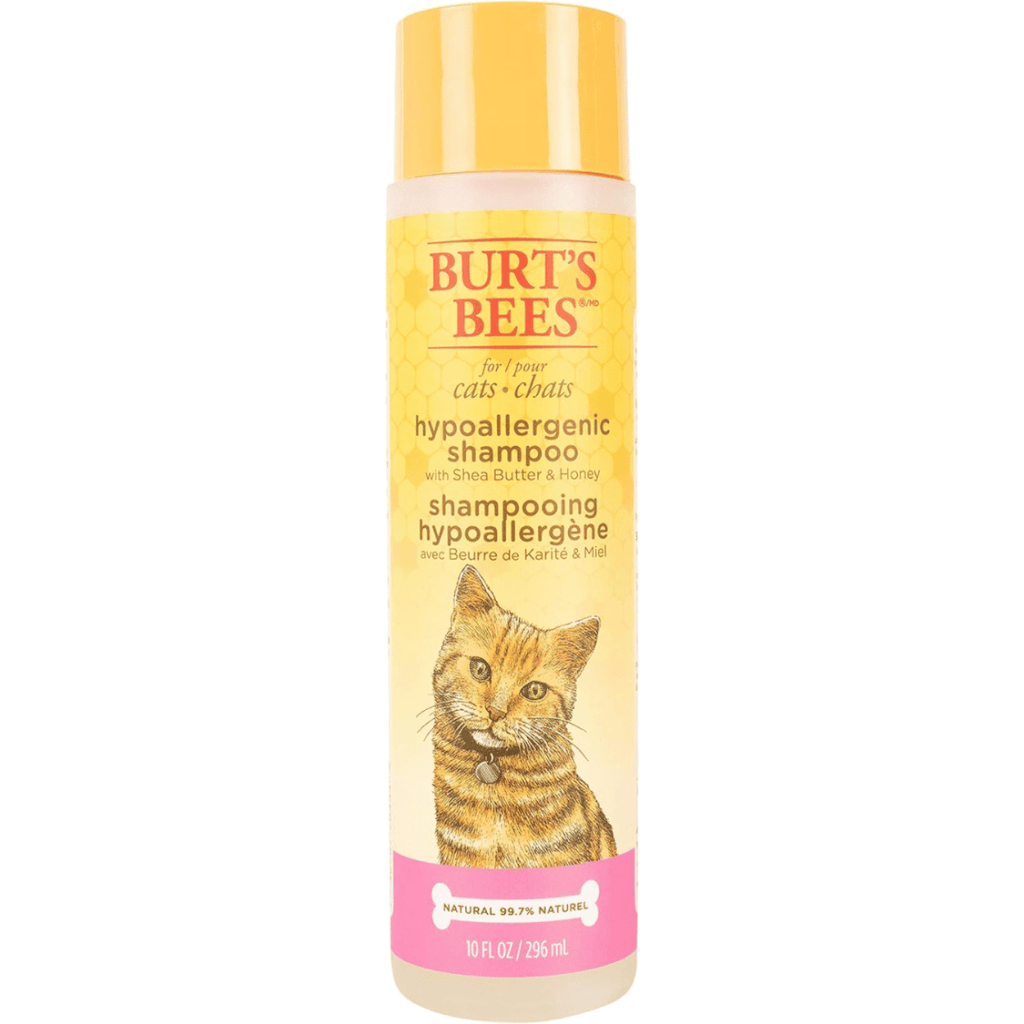
Dealing with Common Skin Conditions
Urticaria pigmentosa, a condition characterized by red pigmented spots, is relatively common in Sphynx cats and can be managed with the right care. Keeping the skin clean and monitoring for any signs of irritation are key. Additionally, Sphynx cats are prone to sunburn, so it’s important to limit their direct exposure to sunlight and consider using cat-safe sunscreen when needed.
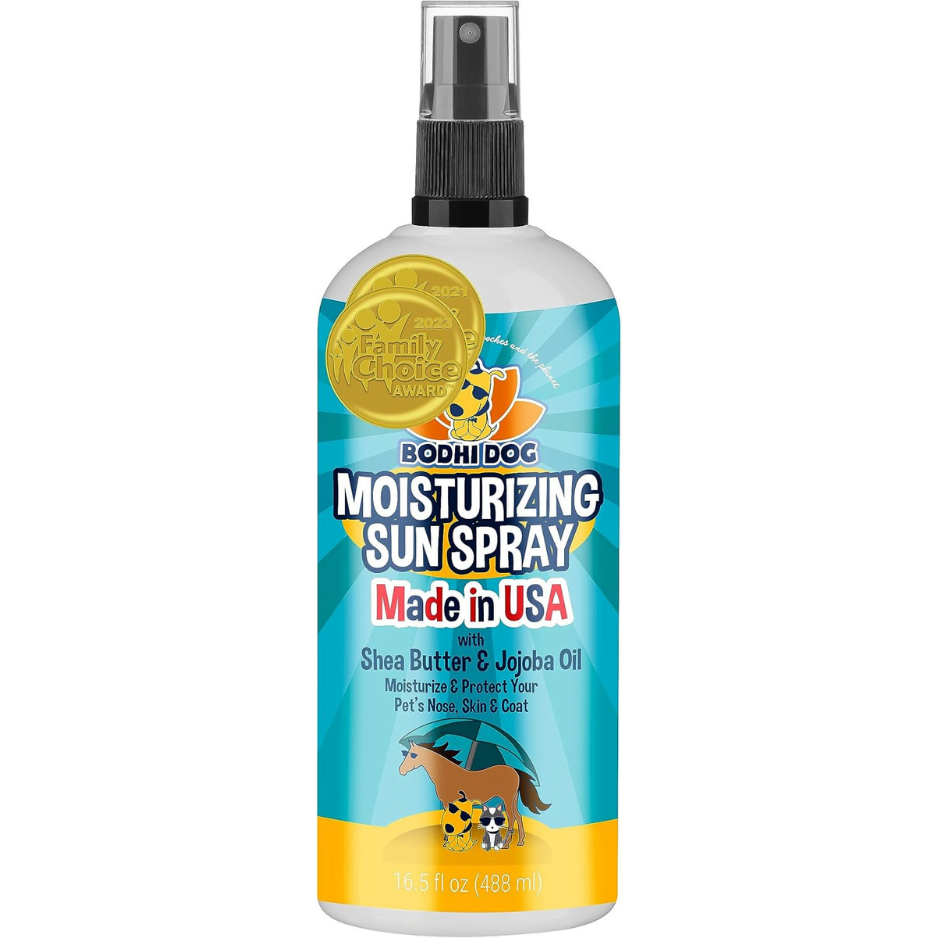
2. Temperature Regulation in Sphynx Cats
Sphynx cats’ inability to regulate their body temperature effectively is a direct consequence of their hairlessness. In colder climates or seasons, these cats can easily become too cold, while in warmer environments, they might struggle to keep cool. Owners must be proactive in managing their environment to ensure their comfort and safety.
Keeping Warm in the Chill
For cooler days, it’s crucial to provide options that help your Sphynx retain heat. Sweaters designed specifically for cats are not just adorable; they’re functional, helping to maintain body warmth without restricting movement. Additionally, investing in heated beds or blankets can offer a cozy refuge for your Sphynx to retreat to whenever they feel chilly.
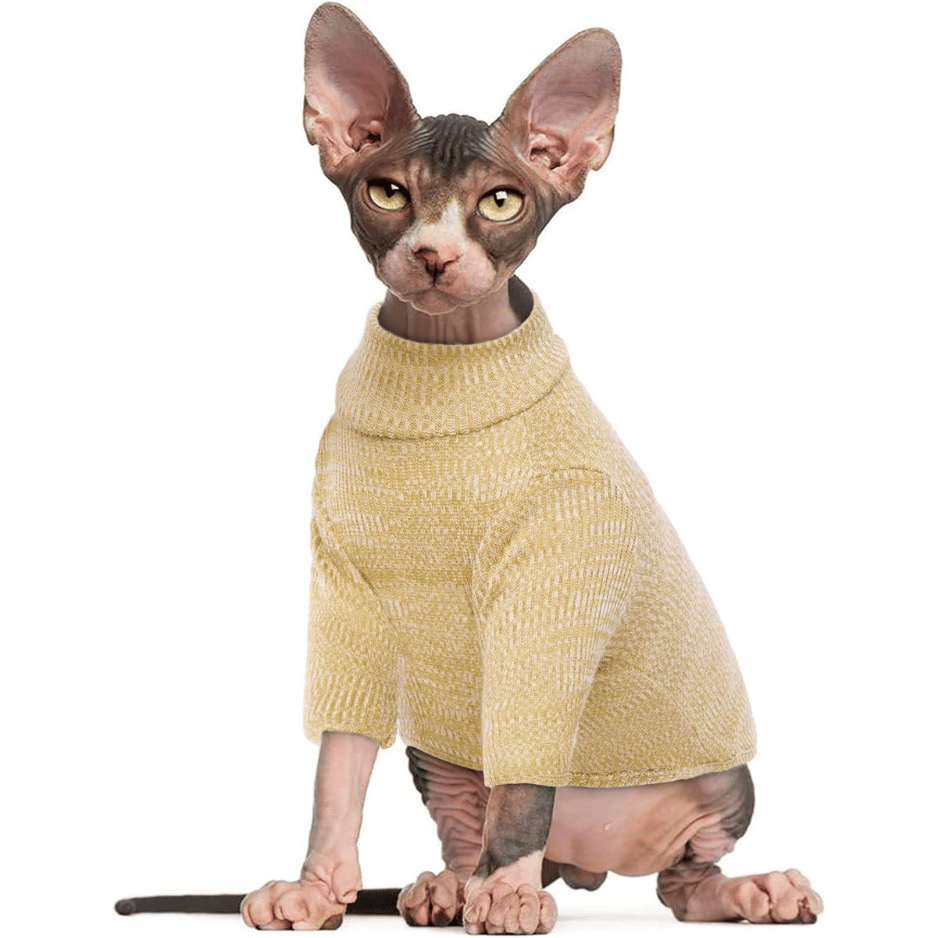
Staying Cool during Warmth
Conversely, during hot weather, ensuring that your Sphynx has access to a cool, shaded area is essential. Cooling mats and access to tiled floors or other cool surfaces can help them regulate their body temperature. Hydration is also critical, so always provide plenty of fresh, cool water to help them stay comfortable during hotter days.
3. Addressing Ear and Eye Health in Sphynx Cats
Without the protective barrier of fur, Sphynx cats’ ears and eyes are more exposed to potential health issues. Regular maintenance and vigilant care are required to prevent infections and other complications that can arise from their unique physical traits.
Ear Care Essentials
Sphynx cats accumulate wax and debris in their ears more rapidly than their furry counterparts. Regular cleaning with a safe, vet-approved ear cleaner and soft cloth can prevent buildup that leads to infections. It’s important to be gentle and avoid inserting anything deep into the ear canal to protect their sensitive ears.
Eye Care Considerations
Similarly, the lack of lashes in Sphynx cats can lead to more frequent eye irritations. Daily wiping of the eyes with a soft, damp cloth can help remove any debris and prevent issues like conjunctivitis. If you notice excessive tearing or redness, it’s advisable to consult your veterinarian to rule out any serious conditions.
4. Cardiac and Muscle Health in Sphynx Cats
Sphynx cats, like many pure breeds, are prone to specific hereditary conditions that can significantly impact their heart and muscle functions. Awareness and early detection play crucial roles in managing these conditions effectively.
Battling Hypertrophic Cardiomyopathy
Hypertrophic cardiomyopathy (HCM) is the most common heart disease in cats, and Sphynx cats are particularly at risk. This condition causes the heart muscle to thicken, which can impede normal heart function and lead to severe health complications over time.
Regular cardiac screenings by a veterinarian can help catch this condition early, allowing for management through medication and lifestyle adjustments to slow its progression.
Dealing with Hereditary Myopathy
Hereditary Myopathy in Sphynx cats manifests as generalized muscle weakness, which can severely affect their quality of life. Signs of this disease may appear as early as a few weeks old and include symptoms like muscle trembling, abnormal gait, and extreme lethargy. Management typically involves physical therapy, supportive care, and in some cases, medication to enhance muscle strength and coordination.
5. Dental Health in Sphynx Cats
Dental health is another critical area for Sphynx cats, as they are predisposed to issues like periodontal disease, which can lead to more severe health problems if left untreated.
Regular Dental Check-ups and Care
Ensuring regular dental check-ups and cleanings are vital. These not only help prevent the buildup of plaque but also allow early detection and treatment of potential dental issues. At home, daily dental hygiene routines including brushing your cat’s teeth with vet-approved toothpaste can significantly reduce the risk of dental diseases.
Recognizing Signs of Dental Disease
Be on the lookout for symptoms such as bad breath, drooling, or difficulty eating, which can indicate dental problems. Early veterinary intervention is essential to manage these issues effectively and prevent them from progressing.
Concluding Thoughts on Sphynx Cat Health Care
Caring for a Sphynx cat involves a committed approach to monitoring and maintaining their health across various fronts—from skin and temperature regulation to more complex cardiac and dental health issues. With regular veterinary visits and a proactive approach to health management, Sphynx owners can ensure their pets lead a healthy, vibrant life.
While we’ve highlighted five key health problems specific to Sphynx cats, it’s important to note that there are other health issues that can affect felines of all breeds. Common ailments such as kidney disease, feline diabetes, and upper respiratory infections are prevalent across the cat population and require attention and care regardless of breed.
For those looking to dive deeper into the world of hairless breeds, we at Sweet Purrfections invite you to explore our Hairless Cat Breed Catalog. Here, you’ll find a curated selection of care products that we’ve collected, specifically designed for Sphynx and other hairless breeds, helping you provide the best care for your unique companion.
Meet Sean, a fintech whiz with a penchant for pet purrs and blockchain buzz. After a decade of fintech feats, Sean’s tech talents leaped from ledger lines to litter lines, driven by a passion for pets and a vision for a more connected pet care community. With three critter companions as co-pilots, Sean launched this blog to share a treasury of pet-friendly tech tips and tales.

